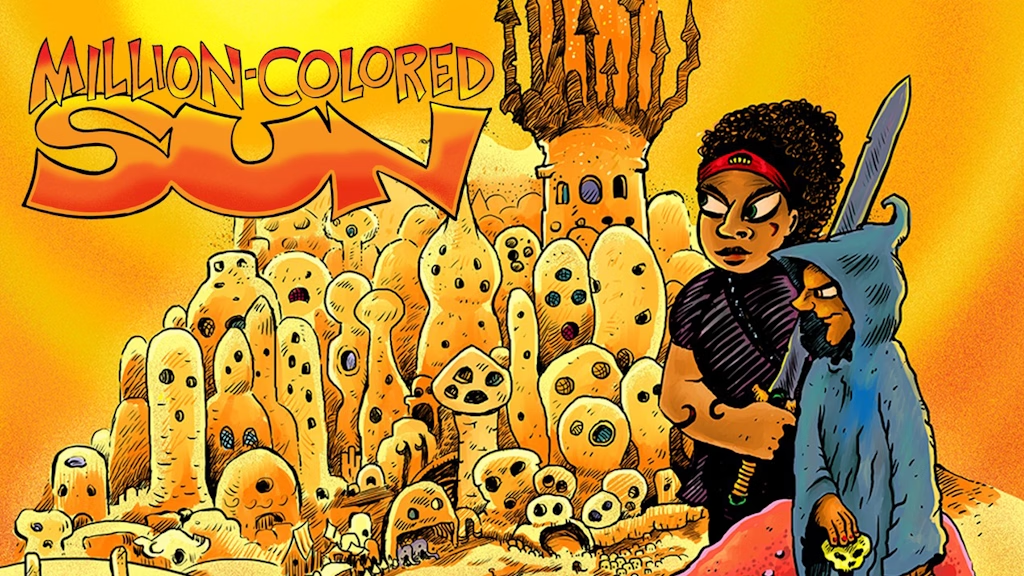We may earn money or products from the companies mentioned in this post.
As most of you reading this probably already know, QAGS has a Word called “Who Would Play Him/Her In The Movie?” While I really doubt we’re the first game to use that kind of descriptor, it surprises me that it’s not suggested in more RPGs. Personally, I define it for nearly every character I play regardless of what system I’m using, and in a lot of cases once I know who I’d cast as the character, everything else falls into place.
If I’m not really sure what kind of character I want to play, sometimes I’ll come up with the WWPHITM? and then build the character around it. This is especially helpful when I want to avoid falling back on one of my “default” character types. Unless the game aims for almost campy adherence to genre conventions or I want to play an archetypal character, I usually try to avoid the most obvious choices. So, for example, if I’m making up a character for M-Force, I’ll skip right past Bruce Campbell and Sarah Michelle Gellar (we’ve all seen plenty of Ash and Buffy clones already) and pick somebody like Owen Wilson, who I immediately picture as the loose cannon type. Following that thread, I come up with an easy-going beach bum type–maybe even a surfer dude–who’s a little impulsive and reckless when it comes to monster hunting, possibly because he really doesn’t have much to lose. If I’m not afraid of a little cliche, I can even throw in a brutally monster-eaten family or love interest to add a layer of angst behind the carefree exterior. From there, the character pretty much writes itself.
Part of the usefulness of WWPHITM? lies in the fact that, unlike most game stats, it’s not about the character’s abilities, it’s about personality. You’re not going to get any points or bonuses out of it, so even the worst min/maxer doesn’t have any incentive beyond describing the character. Sometimes having this kind of personality template even encourages combat munchkins to jump in on parts of the game that don’t involve hitting things with a pointy stick.
One of the things I like most about WWPHITM?, and what makes it a useful tool for GMs as well as players, is that it’s a good way of avoiding one-note characters. Since–at least if you don’t pick someone who’s seriously typecast–you’ve probably seen a particular actor playing a bunch of different types of characters, you’ve got a larger frame of reference for how the character might act than if you’ve just got some stats and a little background. This goes double for NPCs, who the GM often has to make interesting on the fly. Most gruff blacksmiths and mysterious wizards are interchangeable; unless one of them’s got an interesting name, players might be hard pressed to remember which is which later on in the campaign. If the GM plays one gruff blacksmith as John Goodman and the other as Ian McShane (or for that matter, uses these two actors as templates for the mysterious wizards), the players are going to be much more likely to remember them as something other than Stock Character #37.
Even if you’re not playing QAGS, try thinking of WWPHITM? next time you make a character or NPC. If you’re like me, you’ll find it so useful you’ll play casting director for your whole game.




